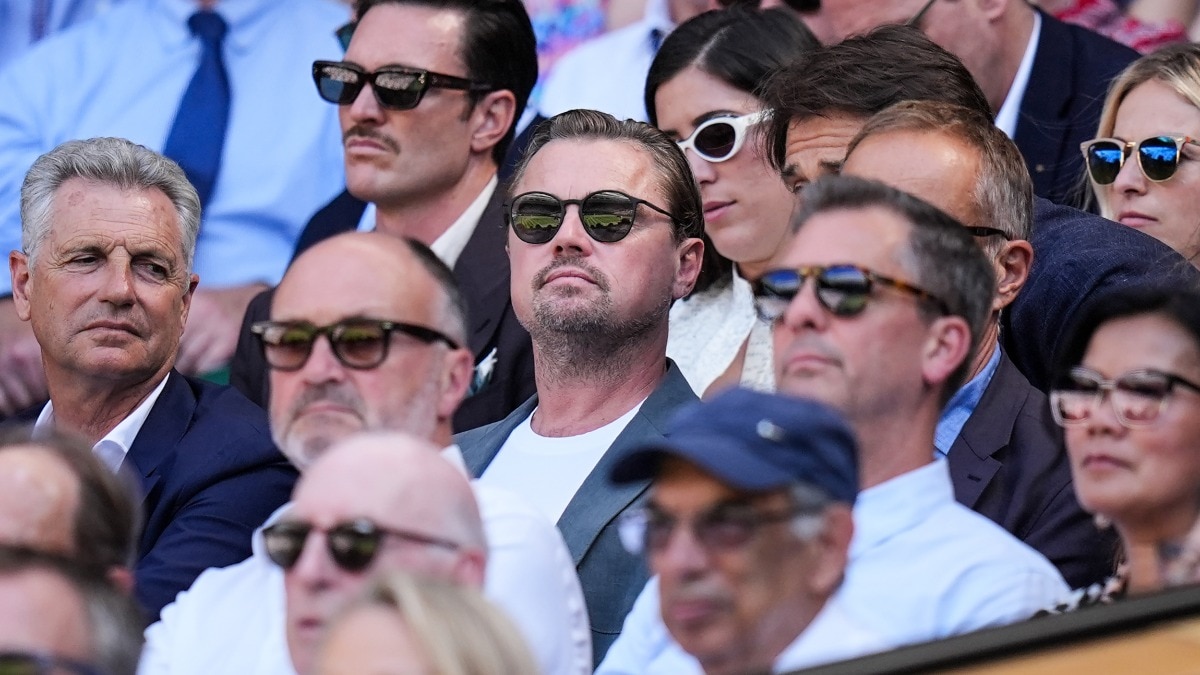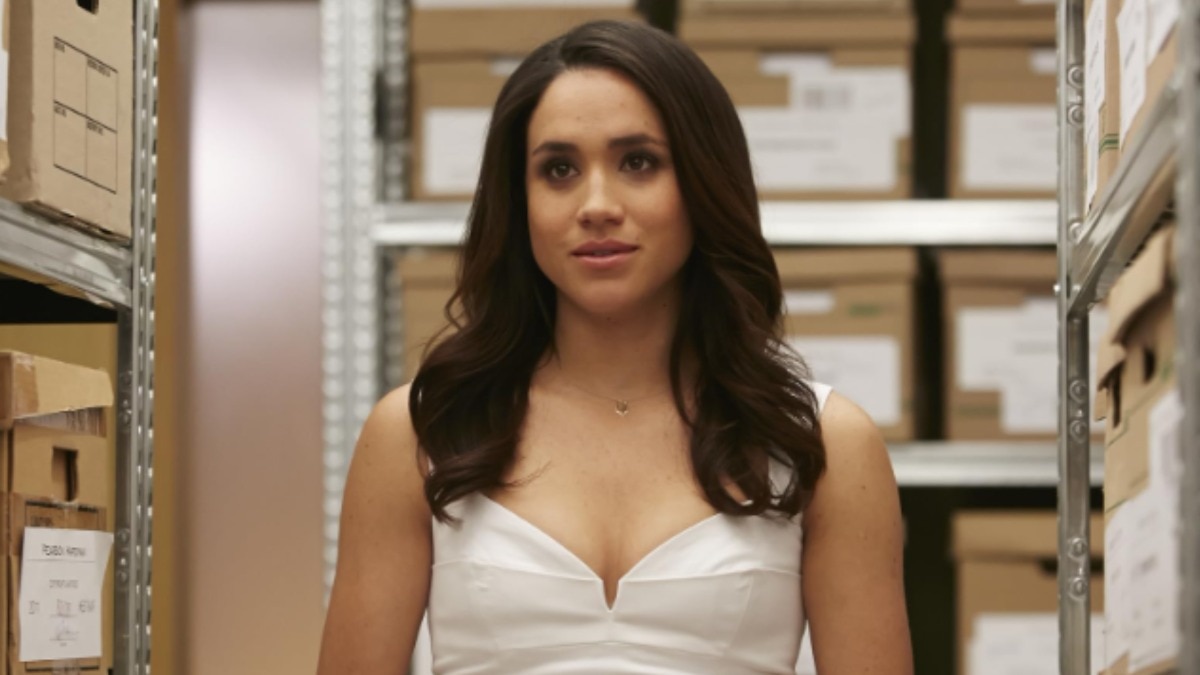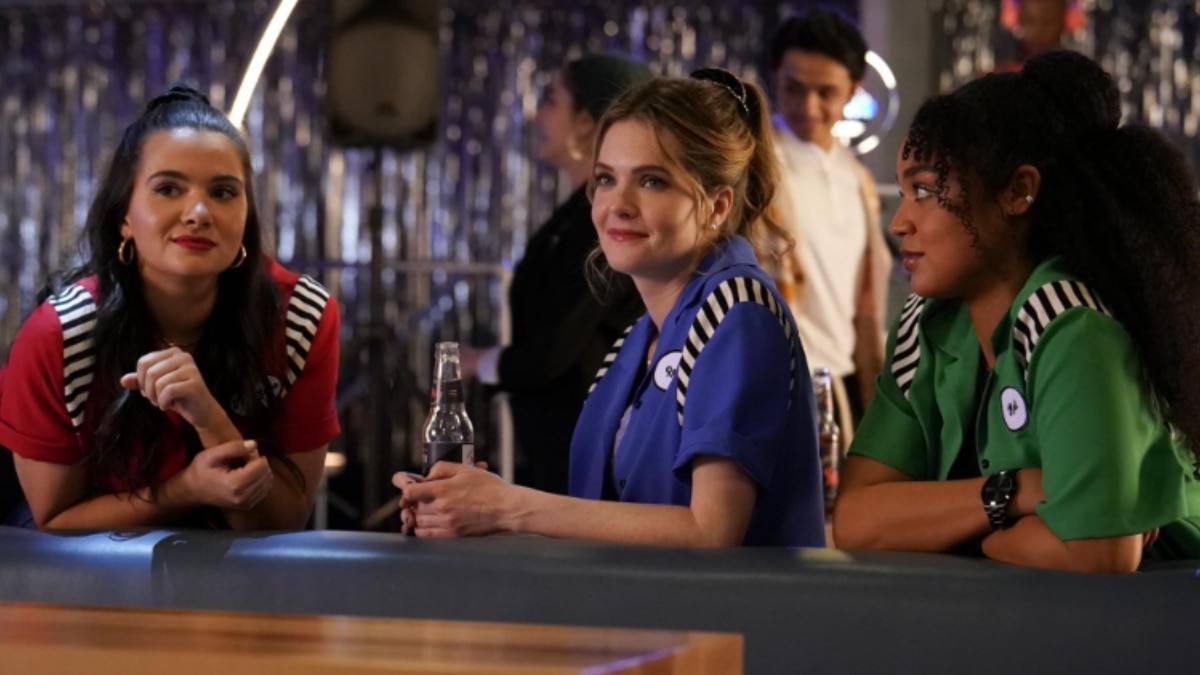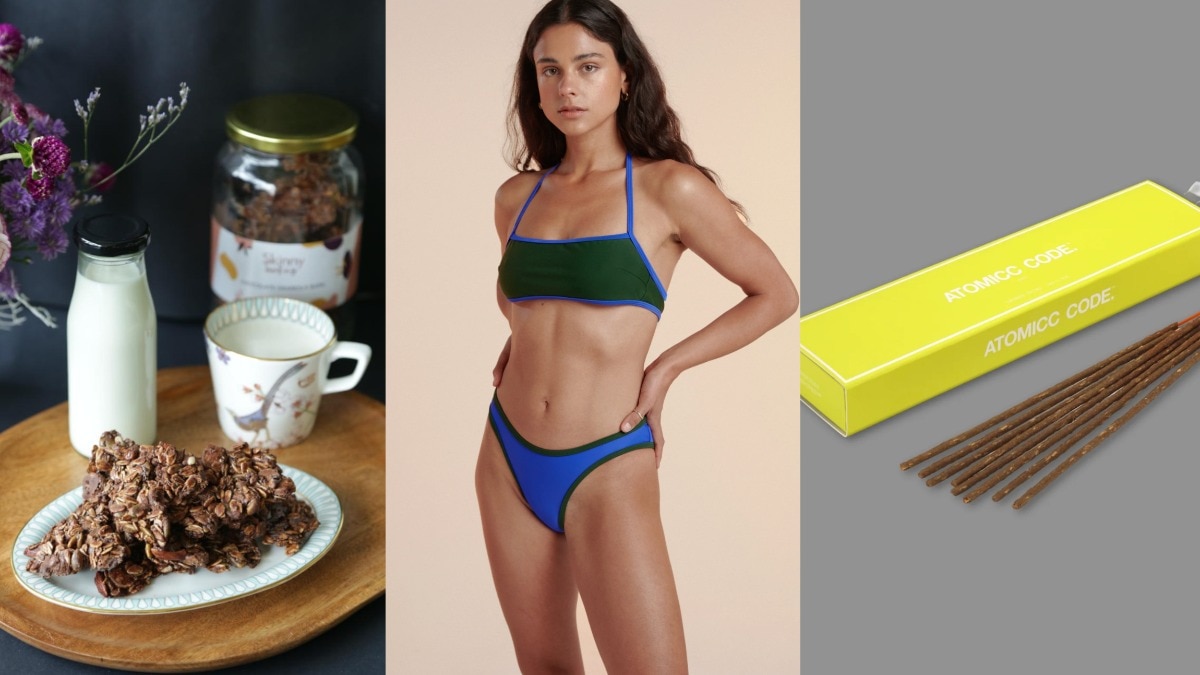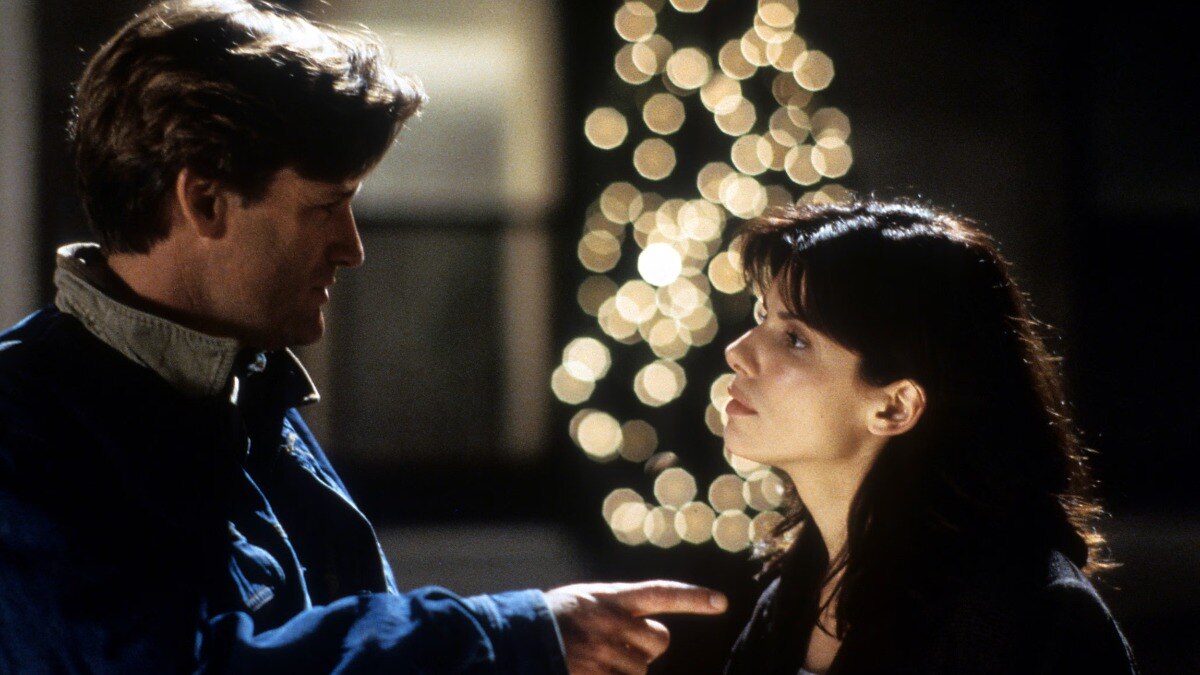
5 jewellery experts share the know-how of investing in vintage and antique jewellery
The renewed interest in vintage and antique jewellery reiterates its timeless elegance. Here's everything you should know before adding it to your collection.


The allure of vintage and antique jewellery has been steadily on the rise. Post-pandemic, it has drastically surged even on the global stage. Various factors contribute to this trend. Some point to the escalating price of gold, which has made jewellery manufacturing more expensive, while others highlight the sourcing challenges faced by jewellers because of mining and supply chain disruptions during the pandemic years. These practical considerations have undeniably fuelled the increased demand for vintage and antique pieces.

Yet, beyond these pragmatic reasons, vintage jewellery offers consumers the chance to acquire an exquisite piece of history. Whether it’s a double-clip platinum brooch from 1925, adorned with the most beautiful diamonds, or a tiara previously worn by royalty, each piece encapsulates a timeless story, making it a truly unique treasure.
The term ‘antique’ usually refers to jewels that are over 100-year-old, whereas ‘vintage’ may have different connotations. Some consider jewels post 1925 till the eighties deserving of the title ‘vintage’. Others use the term only for old jewels that are of top quality but are not antique pieces.
One of the biggest challenges when buying vintage and antique jewels is authenticity. The best safeguard against fraud is due diligence. “A good place to start is with the book Understanding Jewellery by David Bennett and Daniela Mascetti or the online platform by the same name,” says Singapore-based Brenda Kang, the founder of Revival Jewels & Objects. “This would give you an idea of the timelines and jewellery styles,” she explains, adding “but not help you learn authentic versus fake. That will require handling jewels, training your eye over time, and learning through experience. For that, I would also suggest visiting museums and jewellery viewings by auction houses to understand better before you consider purchasing one.” Cultural differences influence buying behaviour and preferences. Kang explains that Asian buyers ask questions like, “Will this piece retain value down the road?”, “Could I get my money back in 30 years?” In her experience, most (if not all) European or American buyers buy because they want to feel or look good with that jewel, or to mark milestones, or for gifting. They rarely ask questions like “what is the per carat price for this?”

While it is important to consider the intrinsic value of a jewel, one must not view it solely as the sum of its parts. Fourth-generation vintage and antique jewellery specialist of the globally renowned Faerber Collection, Ida Faerber explains, “Take the jewel in your hand and observe it from all angles. Jewellery can often be a matter of feeling; something tells you if you will like it or not. That, for me, is the first thing beyond signatures.” Additionally, she states that commercial-grade jewels tend to be uncomfortable and poorly finished, whereas the high quality ones are well-finished on both sides. “A piece of jewellery should feel soft on your skin, like a fabric in your hand when it’s well made,” Faerber explains.

Although jewellery is akin to a miniature work of art, most buyers don’t perceive it the way they view a painting or a sculpture. When does the design and craftsmanship of a jewel supersede the intrinsic value of gold, diamonds, and gemstones? Faerber points towards 19th century jewels as a great example of craftsmanship, carrying more weight than the quality of the old-cut diamonds used during the period. Another exception to the “intrinsic value focus” would be the creations of French jeweller René Lalique from the Art Nouveau period. Lalique’s jewellery, made with low-value gems and glass, can sell for over a hundred thousand dollars because of the exceptional design and craftsmanship. Well-crafted pieces from the collections of renowned jewellery houses, such as Cartier and Van Cleef & Arpels, also transcend the materials used for the pieces themselves.
The only way to truly understand the real value of a jewel or gemstone is not to buy but to sell. Internationally, websites of auction houses such as Sotheby’s, Christie’s, and Phillips are a great place to research prices. In India, websites of AstaGuru and Saffronart openly share prices from past auctions.

Jay Sagar, a jewellery specialist with AstaGuru, explains, “There’s always been an allure with certain buyers in India to own vintage and antique jewellery with provenance. In the past, trusted family jewellers facilitated the private sale and purchase of antique jewels. Now, with auction houses, this client base has increased. Because of online bidding, people in any corner of India can confidently bid for and possibly buy fine antique jewellery vetted by specialists. Many first-time buyers are bidding because they trust the authenticity of the jewel. From my perspective, the Indian jewellery market is enormous, and there is a tremendous opportunity for growth.”

Benoît Repellin, the worldwide head of jewellery at Phillips, shares his guidelines for buying vintage and antique jewels. “Always aim to buy the best quality piece within your budget. Quality in jewellery is paramount, and understanding it requires asking detailed questions. Auction houses like Phillips provide access to experts who can not only offer opinions and guidance but are also well-versed in the current market trends and the historical context of the pieces, helping you make informed decisions. The auction house fully catalogues and describes each jewel. You can request condition reports that offer further in-depth detail about the piece you’re interested in. These reports help you understand the exact condition of the jewellery, ensuring there are no surprises.”
Among vintage and antique jewellery, some are regarded as blue-chip assets. “Vintage jewellery offers the charm of one-of-a-kind pieces and handmade craftsmanship,” says Hong Kong-based jewellery specialist Gilles Zalulyan from Palais Royal. “However, not every vintage piece will have exceptional design or quality. Like all art forms, different artistic movements throughout history had varying levels of talent among artists. When buying vintage jewellery, look for dealers with extensive inventories of signed pieces. This shows their experience and dedication. There has been an increase in counterfeit items in the last few years, particularly in the US, London, and in auctions.”

Sometimes, what makes a jewel collectible goes beyond intrinsic value and craftsmanship. Kang explains this with an example. “If we are talking about stones, Old Mine or European Cut diamonds were not popular 30 years ago. Few wanted the lumpy asymmetrical-cut diamond with a big culet (or hole) visible in the middle. But this has changed with contemporary designers, such as JAR, and other antique dealers, opening our eyes to the beauty and rarity of old-cut diamonds. For vintage jewels, it can also be quite trend-driven, but rarity, innovation, workmanship, signature (who made it), and beauty are key points to consider.”
This story originally appeared in the June-July 2024 print edition of Harper's Bazaar India.
Images: Courtesy Palais Royale; Faerber Collection; Astaguru; Revival Jewels & Objects; Phillips; and Gettyimages.com
Also Read: Sunita Shekhawat preserves India’s enamelling heritage with a new museum in Jaipur

